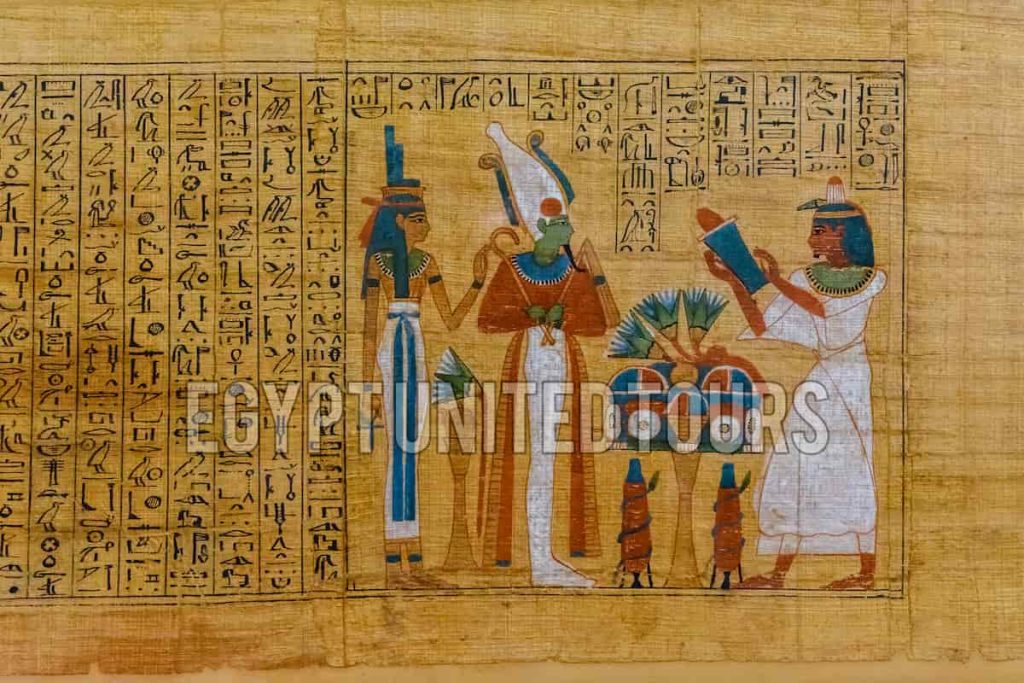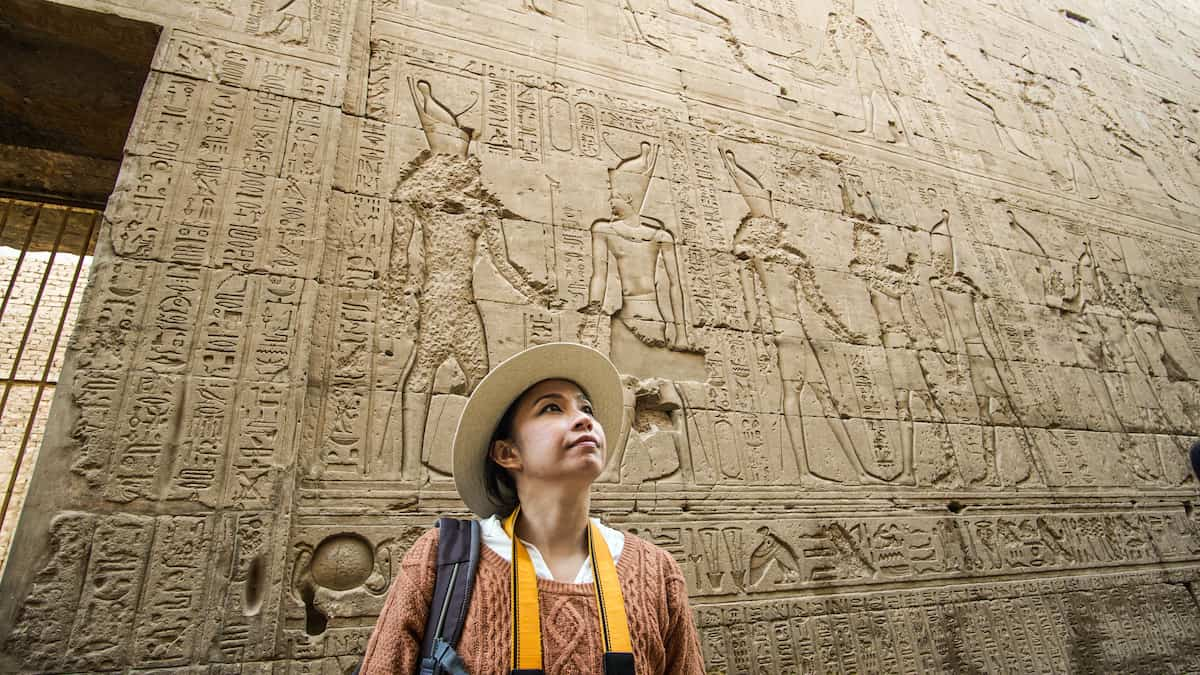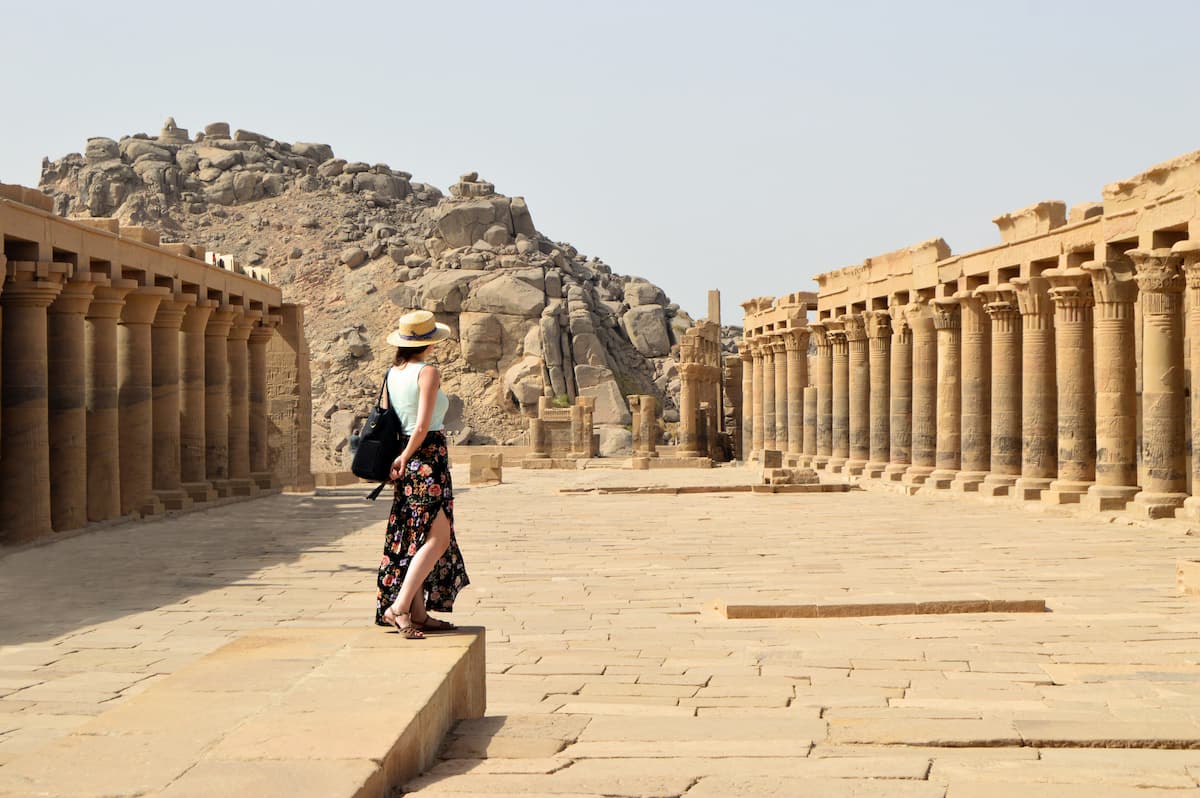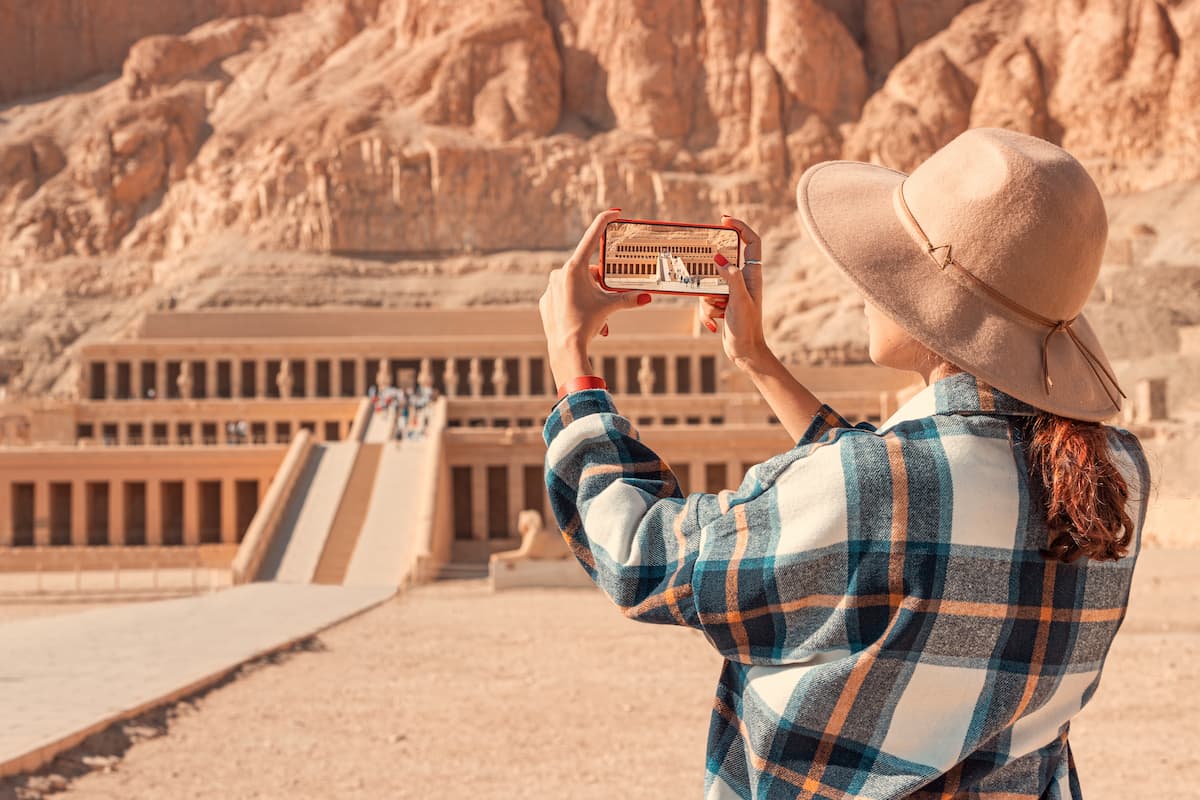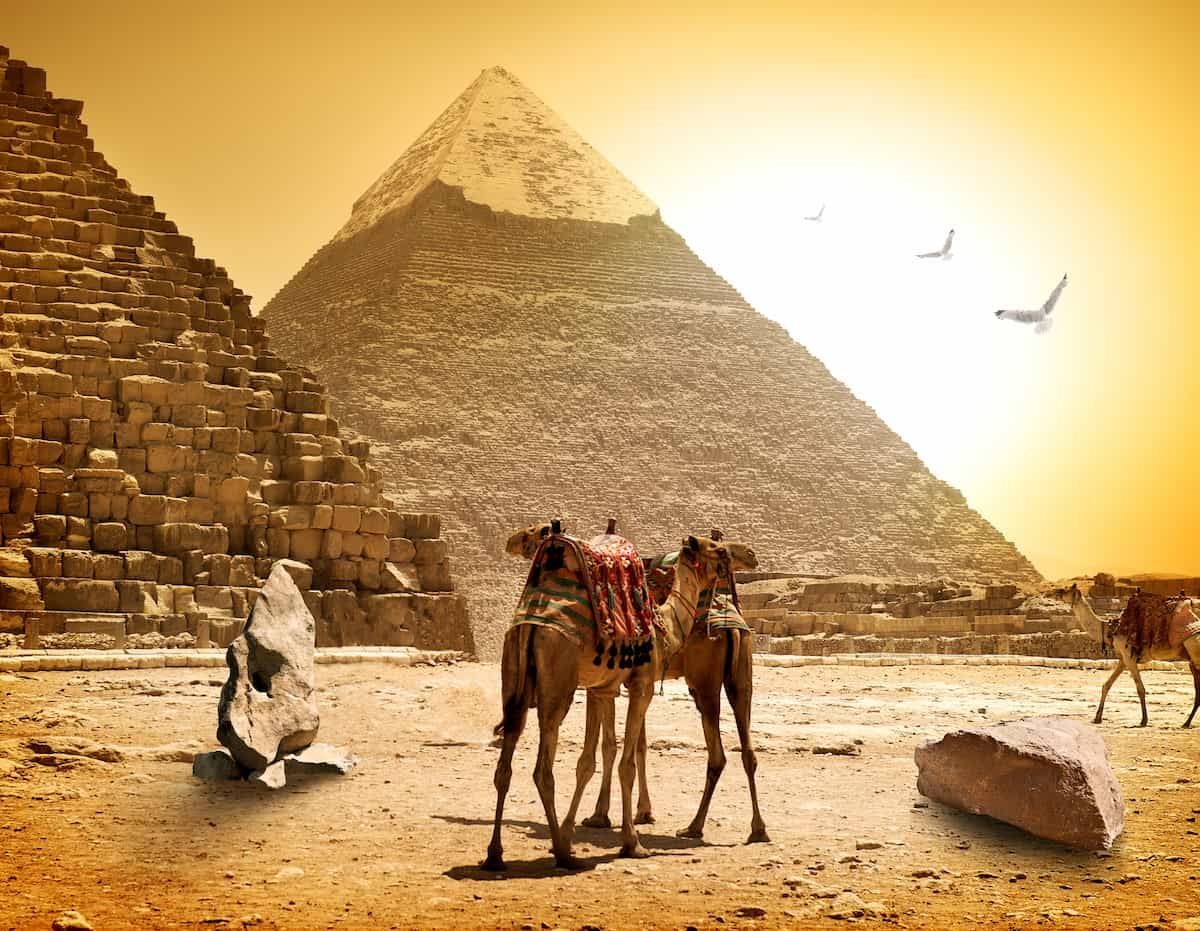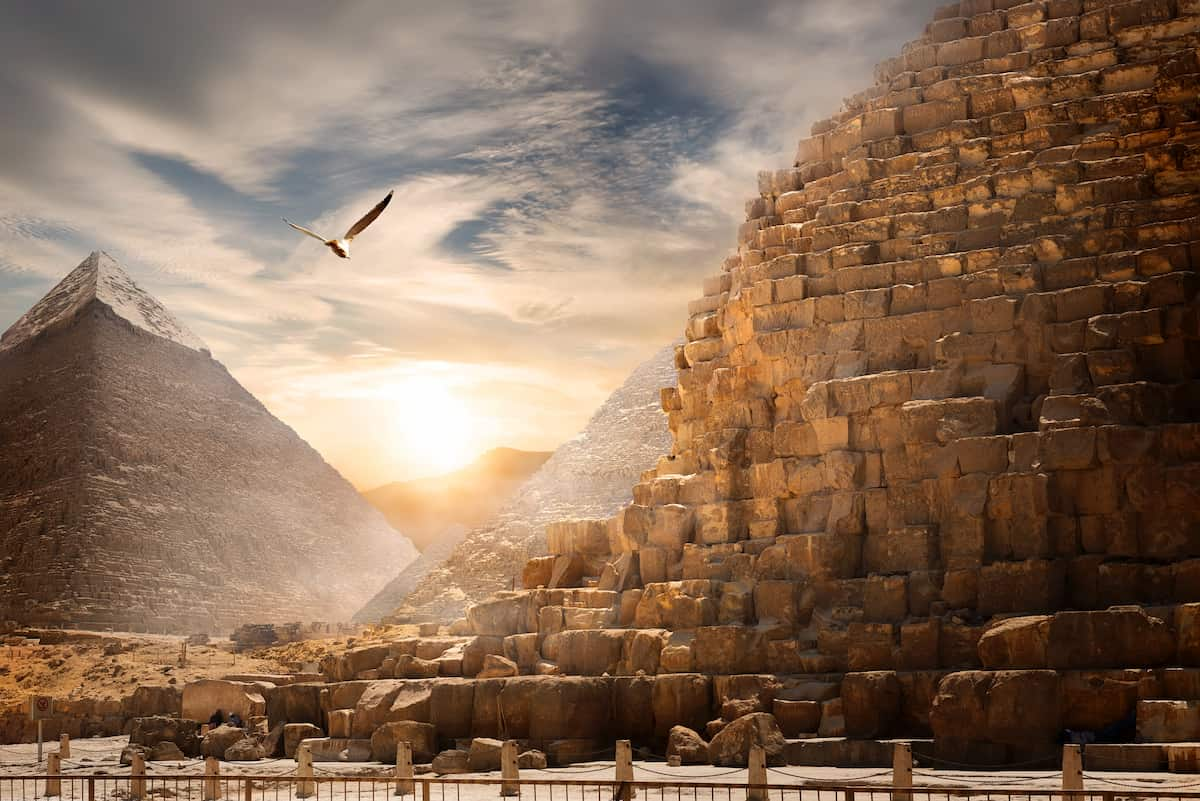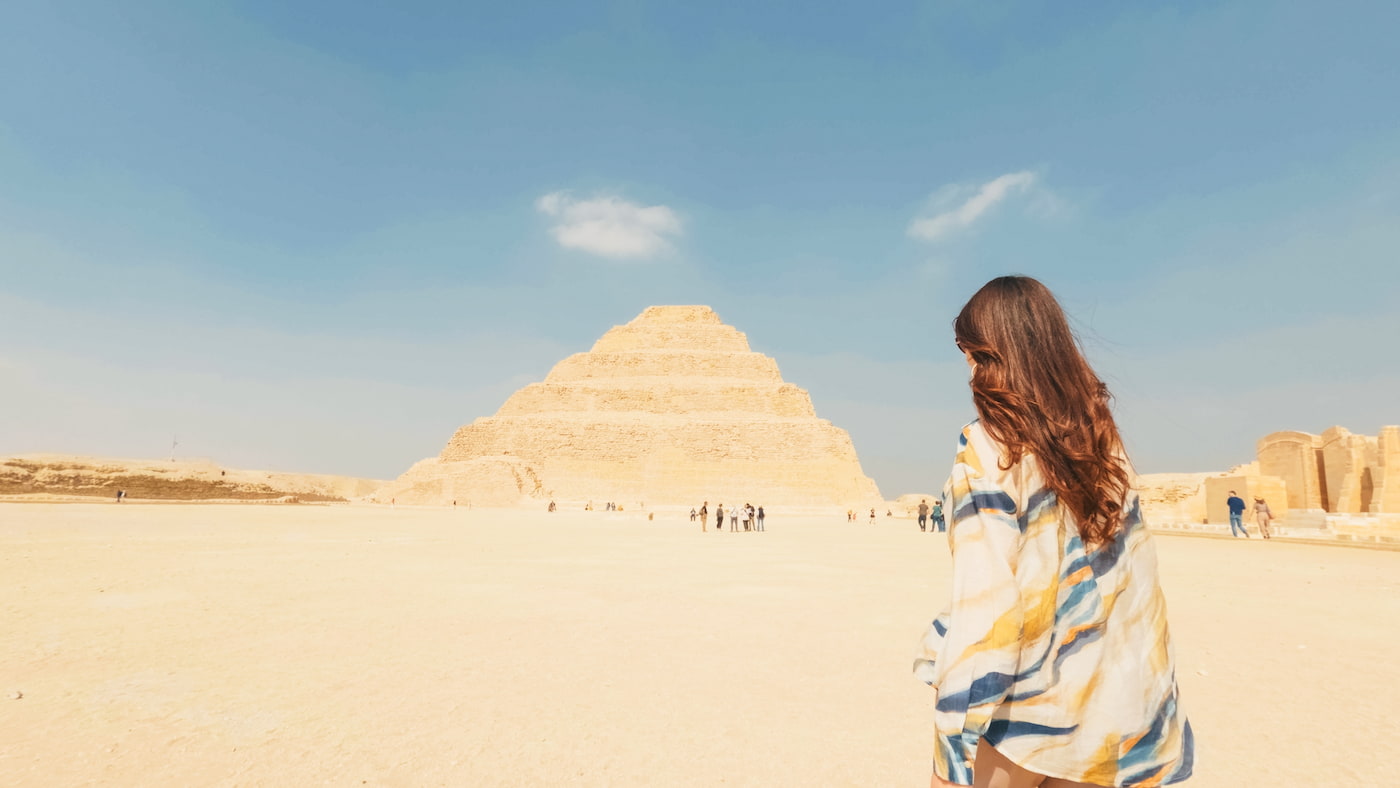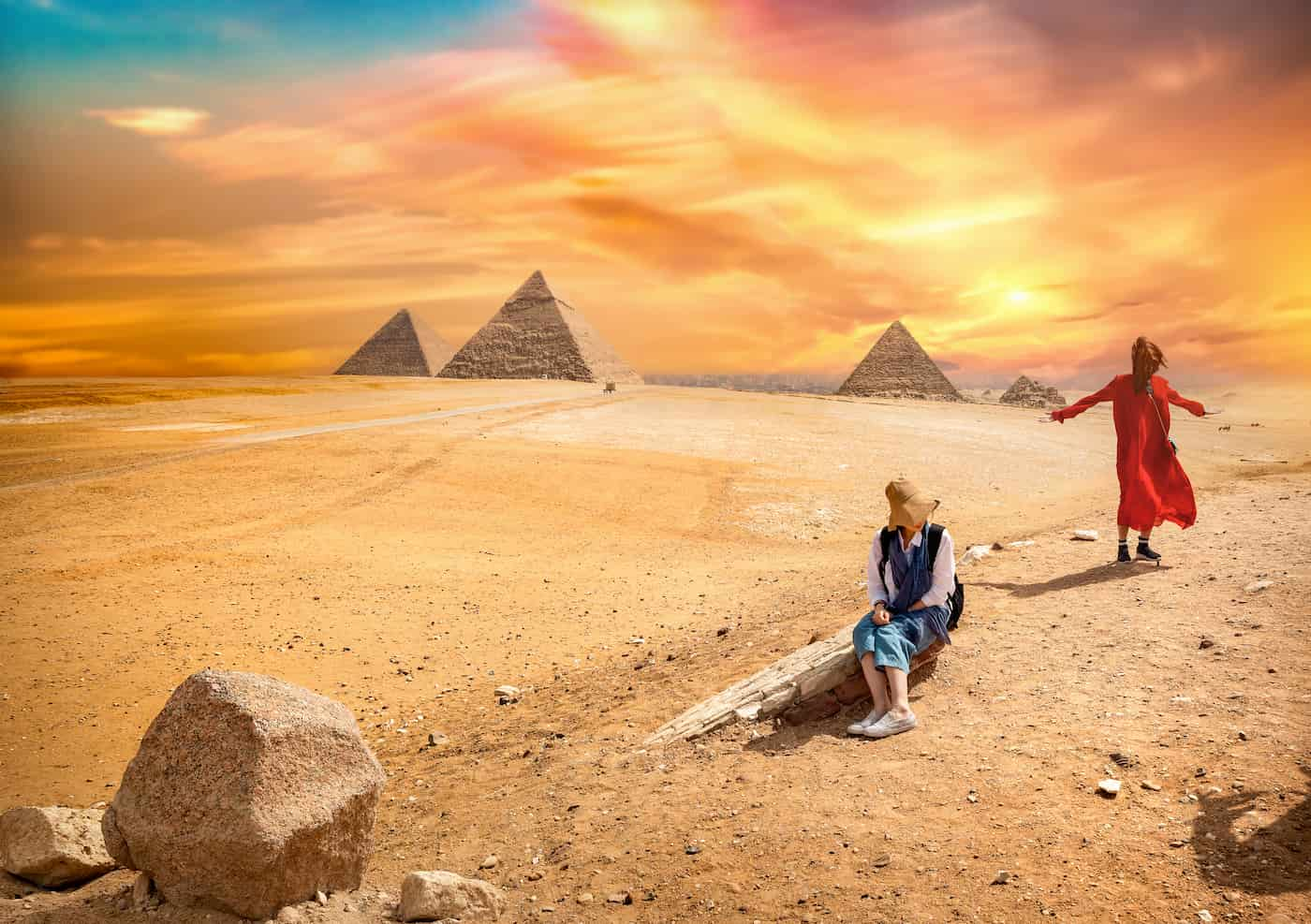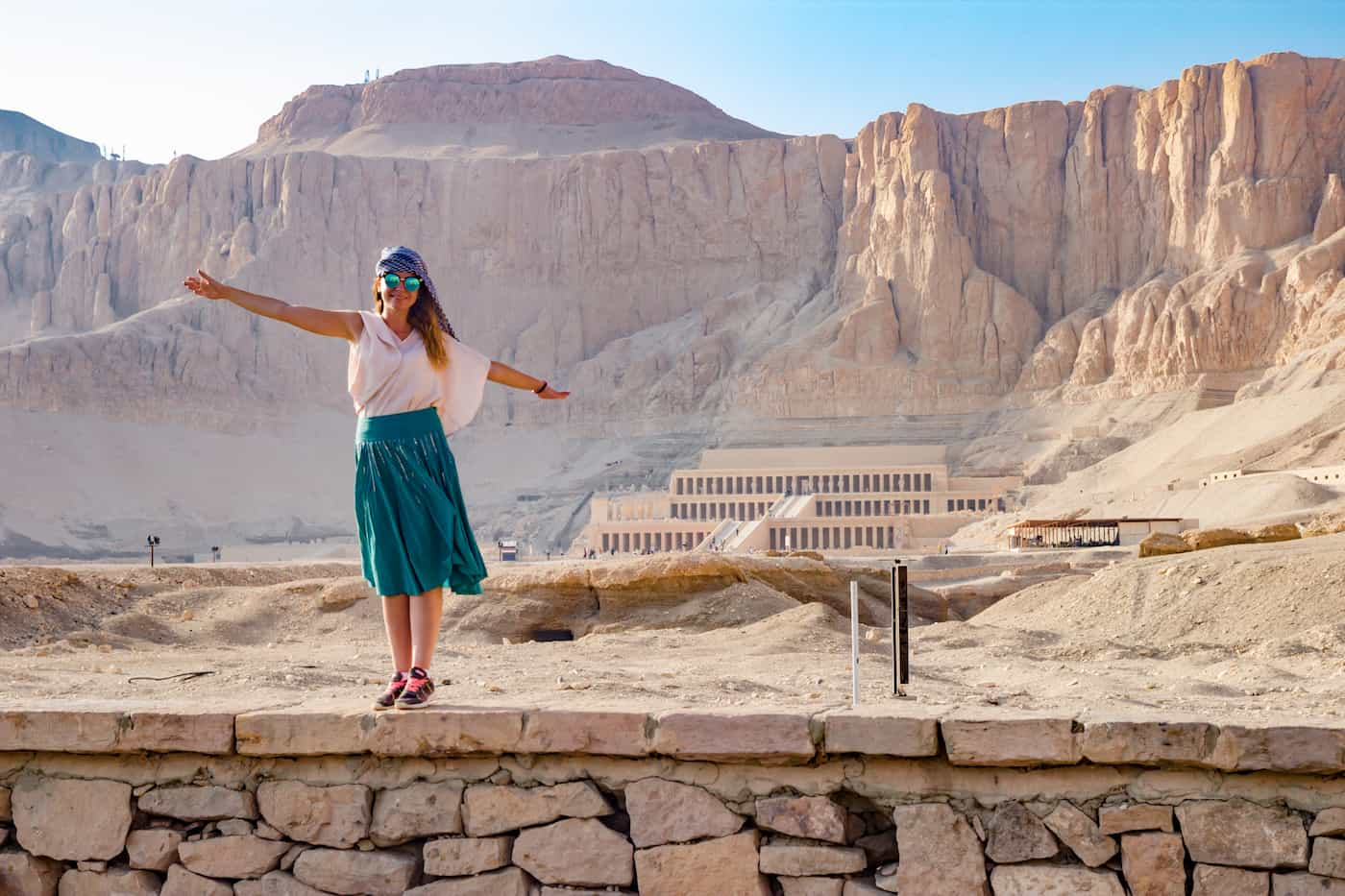What Was Osiris The God of?
1Osiris God In Ancient Egypt
Osiris was the God of fertility, agriculture, the afterlife, the dead, resurrection, life, and vegetation in ancient Egyptian religion. He was frequently referred to as the Judge of the Dead and the Lord of the Underworld because of his intimate ties to the afterlife. Get to know what was Osiris the God of in detail.
Osiris Mythology In Ancient Egyptian Beliefs
Osiris is an important figure in Egyptian mythology, and his myth is one of the most elaborate and influential stories in ancient Egyptian religion. The myth revolves around his murder by his brother Seth. Osiris’ resurrection by his wife Isis, and his ascension to the afterlife, where he becomes the god of the dead and the judge of the underworld. The story of Osiris represents the cycle of death and rebirth. His resurrection is seen as a symbol of hope and renewal. Additionally, the myth of Osiris played an important role in Egyptian religious beliefs and practices, and his cult was widespread throughout ancient Egypt.
Why He Was Important
The mythos of Osiris is important for various reasons. First off, Osiris was one of the most revered gods in ancient Egyptian mythology, and Egyptian religious practices and beliefs were greatly influenced by his legend. Because of his resurrection and connection to the afterlife, he was revered widely across ancient Egypt and was seen as a symbol of hope and rebirth. The cycle of death and rebirth, which was a major element in ancient Egyptian religion, is also symbolized by the story of Osiris. The battle for power and family relationships in ancient Egyptian society are both reflected in the myth of Osiris, which also has significant political and social implications. Last but not least, the mythos of Osiris has left a lasting impression on culture, serving as the basis for innumerable pieces of literature, art, and film.
Osiris Meaning
Osiris was an ancient Egyptian God who served as Isis’ husband and brother, as well as being the ruler of the afterlife and the judge of the dead. In addition, he was a god of agriculture, rebirth, life, and vegetation. Some authors have given the meaning “mighty” or “powerful” to the name Osiris.
Osiris Symbol
In Egyptian mythology, Osiris represented both life and death and was linked to rebirth and the afterlife. Because of his legend, he was also connected to the underworld, plants, agriculture, and fertility. The Djed-pillar amulet, which represented Osiris’s backbone, was thought to aid the functioning of the god after his resurrection. Osiris was also represented by the Imiut insignia, which included a stuffed, headless animal fastened to a pole holding a pot. In addition, as a rhynchus fish is said to have eaten Osiris’ phallus in myth, fish have occasionally been utilized as a symbol of the god.
Other Related FAQs
What Role Did the god Osiris play in Egyptian religious belief?
One of the most significant gods in ancient Egypt, Osiris played a significant influence in Egyptian religious belief. He was a fertility deity who also represented the dead and the living. He was connected to the afterlife, resurrection, and the selection of souls who would enter it. His narrative served as a representation of the cycle of death and rebirth, a key idea in ancient Egyptian religion, and his cult was well-established across ancient Egypt.
Which falcon-headed god was the son of Osiris and hunted down his father’s murderer, Seth?
Horus God, the falcon-headed deity who hunted down his father’s killer Seth, was the son of Osiris.
Who was the God Osiris?
One of the most revered deities in ancient Egyptian religion was Osiris. He was the god of plants, rebirth, agriculture, and the afterlife. Due to his resurrection and connections to the afterlife, he was also linked to death, judgment, and the Nile floods. He served as a symbol of hope and renewal. The cycle of death and rebirth was a major motif in ancient Egyptian mythology, and Osiris was a deity of both the living and the dead. His tale served as a representation of this cycle. His religion was well-known across ancient Egypt, and he was frequently portrayed as a mummified pharaoh or as a green-skinned god wielding a crook and flail.
What does the god Osiris symbolize?
The God Osiris is associated with a number of concepts in Egyptian mythology, including fertility, agriculture, resurrection, the afterlife, vegetation, death, judgment, and the Nile floods. His resurrection and association with the afterlife made him a figure of hope and renewal as well. In addition, Osiris was linked to mummification and embalming, two significant elements of ancient Egyptian burial customs. Overall, Osiris was a complex and diverse god who in ancient Egyptian religion and mythology stood for numerous facets of life and death.
Was Osiris a god or a demon?
Who killed Osiris?
What are 5 facts about Osiris?
The following are five facts about Osiris:
1. Osiris was one of the most revered deities in ancient Egypt and was linked to the Nile floods, death, judgment, rebirth, the afterlife, vegetation, and fertility.
2. Osiris was frequently pictured as a green-skinned guy with a crook and flail in his hand. Similarly, he was shown as a mummy of a pharaoh.
3. According to Egyptian mythology, Set, the brother of Osiris, killed him. He dismembered his body and dispersed the pieces around Egypt.
4. Isis Goddess, a significant goddess in Egyptian mythology who was linked to maternity and fertility, was Osiris’ wife and sister.
5. It was thought that Osiris had been raised from the dead and had taken control of the underworld. He evaluated the souls of the deceased and made sure they would make it to the afterlife.
How long did Osiris live?
It’s not known how long Osiris lived. Osiris was a divinity in Egyptian mythology who was thought to have existed eternally and outside of human time. His deeds and relationships with other gods and humans are, however, described in several myths and stories.
Conclusion
Osiris was one of the most significant gods in ancient Egyptian religion and mythology. He was linked to the Nile floods, death, the afterlife, resurrection, the afterlife, greenery, and fertility. After being murdered by his brother Set. Osiris rose from the dead to rule the underworld. Also, he judged the souls of the deceased and made sure they would live in the afterlife. He was frequently shown carrying a crook and flail, as a green-skinned man, or as a mummified pharaoh. Isis, Osiris’ wife, and sister, was a significant deity in Egyptian mythology and was also connected to him. Osiris was a key figure in Egyptian religion and mythology and is still relevant in ancient history and culture today.

